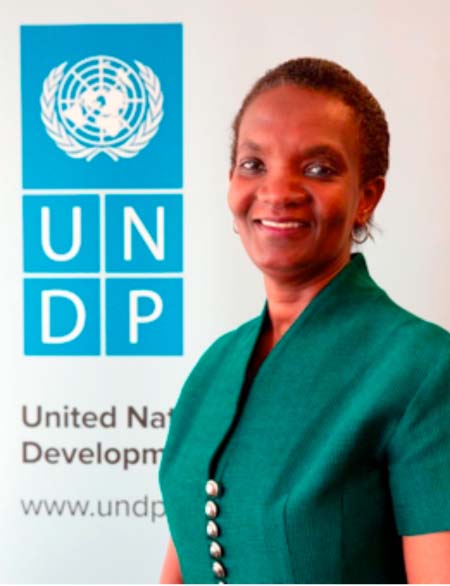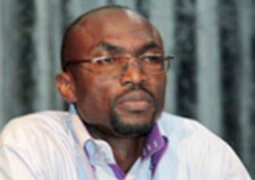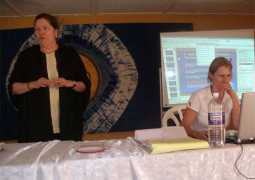
This
week, Gambians joined the rest of the World in launching the Global Human
Development Report examining inequalities in human development in the
21stcentury.The Human Development is a flagship publication of the United
Nations that fosters broad discussion on pertinent issues. This is at the back
of the presentation of the national budget for The Gambia to the National
Assembly and two days of private sector deliberations at the Senegambia
Economic Forum.
A
key finding of the report, thanks to the global efforts, is that inequalities
in basic capabilities are falling, even though they remain high. The report
also indicates that inequalities are widening in capabilities likely to be
central to people over the next decades. These are the transformative capabilities
such as opportunities people have to avoid premature death, broadening the
horizon of what is possible, and income levels that provide a life of genuine
choice and freedom.It is a thought-provoking report that I encourage you to lay
your hands on and read.
Gambia’s
Progress
The
report also provides progress in Human Development for The Gambia. The Gambia
has experienced steady progress since 1990 in the three indices of human
development.Life expectancy at birth improved from 52.2 years in 1990 to 61.7
years in 2018. The mean years of schooling increased from 1.2 years to 3.7
years. And income per capita in purchasing power parity increased from 1,329 to
1,490. The result has been that between 1990 and 2018, Gambia’s HDI value
increased from 0.328 to 0.466, an increase of 41.9 percent. The Gambia ranks
174 out of 189 countries and territories in 2018.
However,
when the value is discounted for inequality in the indices, the Human
Development Index falls from 0.466to 0.293, a loss of 37.2 percent. The largest
fall is not due to income, it is due to education.
The
future is in our hands
Let
me come back to the report’s findings that inequalities in transformative
capabilities are widening across the world. These are capabilities brought
about by tertiary education and access to broadband internet for example. These
opportunities were considered a luxury not too long ago.
There
are questions on whether technology transformation will increase inequalities
for the Gambians? Or will the Gambian take the challenge and use technology to
createjobs of the future?
Technology
is one area that practically The Gambia could leverage to harness the benefits
of the African Continental Free Trade Area (AfCFTA) such as investing in
logistics platforms, strengthening standards and easing processes and
procedures. But Gambia still must invest.
It
is encouraging to note that the Government through the Ministry of Information
and Communication Infrastructure is working on transforming The Gambia into a
digital nation. Complementary actions will be required such as strengthening
e-governance, investing in data, and training of civil service at all levels to
deliver.
Let
melay out addition choices that need to be made. In the year 2020 Government
plans to articulate a new long-term plan for The Gambia, a Voluntary National
Review of Sustainable Development Goals, and a Common Country Assessment.
Looking
beyond income
The
report challenges us to look beyond how many Dalasis people earn and identify
other forms of inequality. Disadvantages in education or health can be game
changers and can break or make the future. And these disadvantages are often
easily passed on to generations.
It
also means we have to be bold on how we want to measure human progress. With so
much transformation unfolding before our eyes, it maybe better to start
measuring a long and heathy life not by using life expectancy at birth but by
the opportunities Gambians have to avoid premature death. In the same manner,
instead of using years of school as a measure of knowledge, it is essential to
identify a measure that signify broadening the horizons of what is possible for
Gambians.
Going
beyond averages
It
is often that measures of inequality focus on Gambia as a nation without having
an understanding of how the people in local economies such as districts are
doing. We may not have data for all districts but that should never be a good
excuse. Measuring and understanding how the local economies are is an important
policy choice.
Looking
beyond today
Often
the data we have is about the present or the past. It therefore often depicts
our past policy choices and not the bold choices of the future. The changing
world requires that we anticipate inequalities in the future and design
pathways to address them. In the case of The Gambia, we have the opportunities
to harness technological progress and the AfCFTA to avoid being marginalized
and ensure we leave no one behind. It is up to the Gambians today to shape the
future Gambia for future generations.
Aissata
De is the UNDP Resident Representative for The Gambia



